
Chronic disease caregivers are more likely to report both risky and health-promoting behaviors than noncaregivers, according to a new study.


Chronic disease caregivers are more likely to report both risky and health-promoting behaviors than noncaregivers, according to a new study.
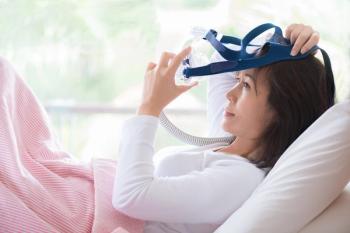
A roundup of the latest news in sleep research reported across MJH Life Sciences™.
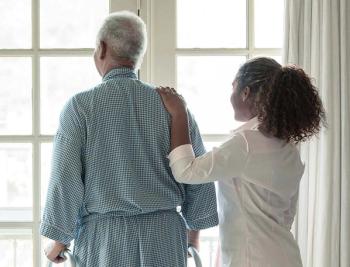
An inverse relationship between obstructive sleep apnea (OSA) and serum testosterone was found in men, in which those with severe cases of OSA exhibited significantly reduced levels of testosterone.
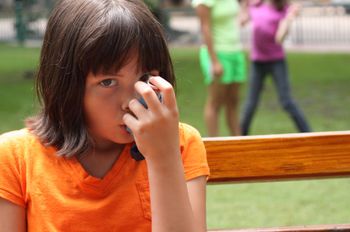
Children who experience lower respiratory tract infections early in their lives were shown to be at significantly greater risk of developing obstructive sleep apnea in the first 5 years of life.
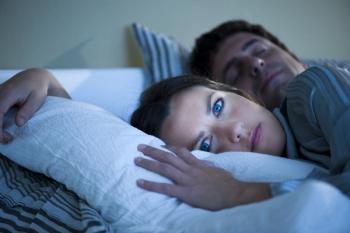
Eating or drinking less than 1 hour before bedtime was associated with increased risk of wake after sleep onset, a key symptom of chronic insomnia that significantly correlates with poor sleep quality.

Adherence to continuous positive airway pressure (CPAP) resulted in a large decrease in insomnia and a significant reduction in prevalence of insomnia from baseline to follow-up in patients with obstructive sleep apnea.

Each additional hour spent outside during the day was associated with lower odds of later sleep-, mood-, and circadian-related adverse outcomes.

A roundup of the latest news in sleep research reported across MJH Life Sciences™.
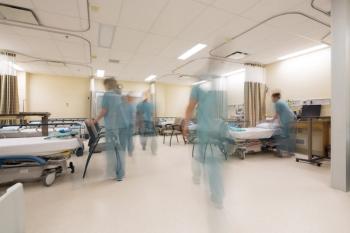
Patients with comorbid Alzheimer disease and insomnia were found to be more likely to report claims of higher cost health care services such as inpatient hospitalization and emergency care, along with significantly greater mean total annual health care costs than those without insomnia.

The scientific statement addresses current knowledge regarding the impact of obstructive sleep apnea on the cardiovascular health of children and adolescents, as well as best practices to evaluate symptoms.
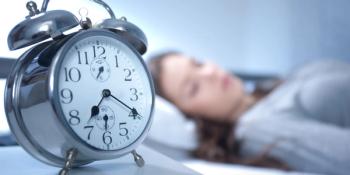
A roundup of the latest news in sleep research reported across MJH Life Sciences™.
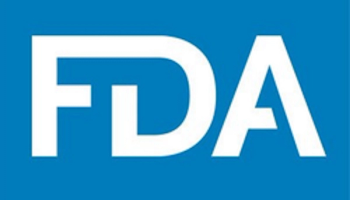
Jazz Pharmaceuticals’ Xywav oral solution is the first treatment to be approved for adults with idiopathic hypersomnia.
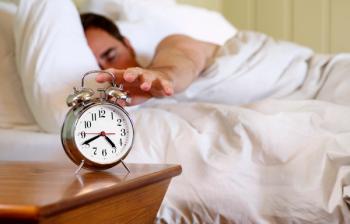
Results of the phase 3 REST-ON study exhibited significant improvement in patients with narcolepsy treated with once-nightly sodium oxybate, FT218, versus placebo.
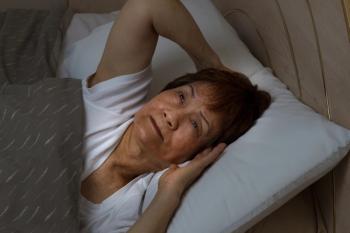
Relaxed social and professional constraints brought on by pandemic-related lockdowns benefitted the sleep schedules of patients with central hypersomnias.

People with high risk of obstructive sleep apnea presented with significant changes in key arteries indicative of accelerated vascular aging, a known contributor to cardiovascular disease (CVD).

Michael Thorpy, MD, director, Sleep-Wake Disorders Center, Montefiore, and professor, Neurology, Albert Einstein College of Medicine, speaks about common misconceptions within the treatment of narcolepsy-related excessive daytime sleepiness, and how combination therapy may play a role.

Higher physical activity and less time spent sitting and watching TV was associated with a significantly lower risk of developing obstructive sleep apnea.

Anne Marie Morse, DO, pediatric neurologist and sleep medicine specialist, Geisenger, speaks on early data findings of the Wake Up and Learn program which suggested a greater risk of sleep pathology among adolescents than typically observed.
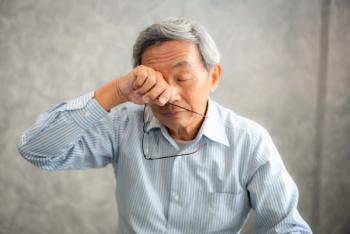
The Academy of Sleep Medicine and the Sleep Research Society issued guiding principles for employers on designing optimal work shift durations in the workplace, which address risk factors, countermeasures, and shared decision-making implications.

Michael Thorpy, MD, director, Sleep-Wake Disorders Center, Montefiore, and professor of neurology, Albert Einstein College of Medicine, addresses the treatment of narcolepsy in recent years.

The FDA issued a 510(k) clearance for the artificial intelligence software platform EnsoSleep, expanding its capabilities in assessing patients with chronic respiratory and cardiac conditions, as well as in pediatric populations ages 13 and above.
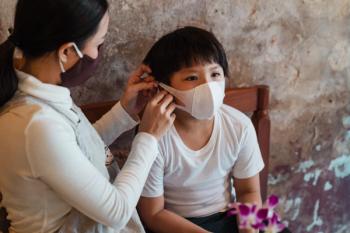
Children exposed to environmental stressors known to impair sleep exhibited improved sleep duration by more than 1 hour each night after undergoing a mindfulness training intervention program, with rapid-eye movement sleep improving as well.

Anne Marie Morse, DO, pediatric neurologist and sleep medicine specialist at Geisinger, discusses biologic, lifestyle, and pandemic-related factors associated with poor sleep quality in adolescents.
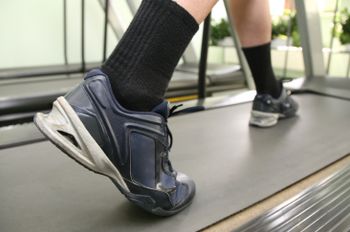
Compared with participants with high physical activity and healthy sleep, those with no moderate-to-vigorous physical activity exhibited higher risks of all-cause, total cardiovascular, and total cancer mortality.

Michael Thorpy, MD, director, Sleep-Wake Disorders Center, Montefiore, and professor, Neurology, Albert Einstein College of Medicine, discusses diagnostic components of idiopathic hypersomnia and emerging methods of treatment.

259 Prospect Plains Rd, Bldg H
Cranbury, NJ 08512
© 2025 MJH Life Sciences®
All rights reserved.
